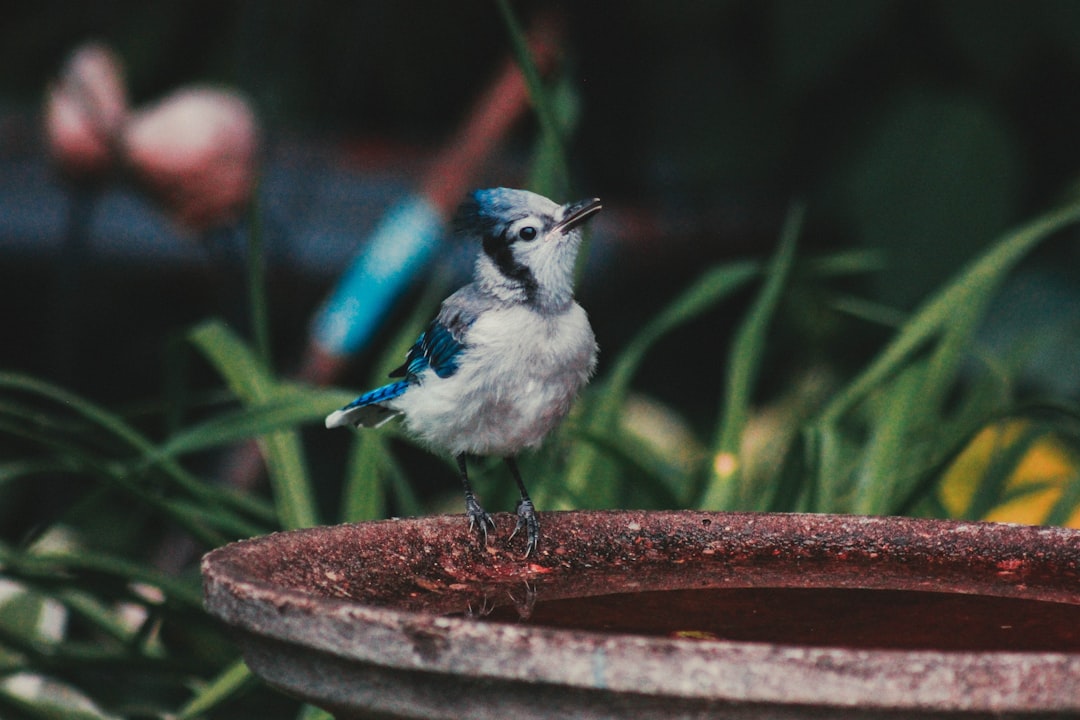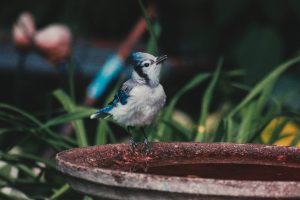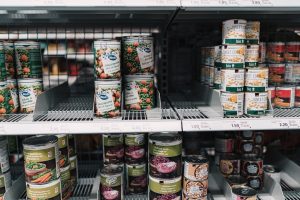Boost Your Bird Feeder Visits with Expert Tips
Increase bird visits to your feeder with expert tips. Discover simple strategies to attract more feathered friends today!
Location and Placement Tips
Choose a Quiet Spot
Birds are more likely to visit feeders placed in quiet and serene locations. Avoid placing your bird feeder in areas with high human activity or noise, such as near busy roads or playgrounds.
A peaceful environment will make birds feel safe and encourage them to return.
Ensure Visibility and Accessibility
Position your bird feeder where it is easily visible to birds flying overhead. Open spaces with a clear line of sight will attract more birds.
Additionally, ensure the feeder is accessible for you to refill and clean, as regular maintenance is crucial for attracting birds.
Provide Natural Cover
Birds seek safety from predators, so placing your feeder near natural cover like shrubs or trees can make it more appealing. These natural elements offer birds a quick escape route and a place to perch while they assess the area for safety.
Consider the Season
The ideal location for a bird feeder can change with the seasons.
In winter, place feeders in sunny spots to provide warmth. During the summer, shade is preferable to keep the seed fresh and prevent spoilage.
Adjusting the feeder’s location according to the season can enhance its attractiveness to birds.
Mind the Height
The height of your bird feeder can influence the types of birds it attracts. Ground feeders like sparrows prefer feeders placed lower, while others like finches and chickadees may prefer higher placements.
Experiment with different heights to see which birds you attract.
Avoid Window Collisions
To prevent birds from colliding with windows, place feeders either very close to the window (within three feet) or farther away (more than 30 feet). This reduces the risk of birds flying into the glass, as they either can’t gain enough speed or have enough distance to recognize the barrier.
Bird Seed Selection Guide
Understand Your Local Bird Species
Before purchasing bird seed, it’s crucial to understand the types of birds that frequent your area.
Different species have distinct dietary preferences, and selecting the right seed can significantly impact the variety and number of birds visiting your feeder. Research or consult a local birdwatching group to identify the common species in your region.
Choose the Right Seed Mix
Not all bird seed mixes are created equal.
High-quality mixes often contain a blend of sunflower seeds, millet, and cracked corn, catering to a wide range of birds. Avoid mixes with fillers like wheat and oats, as these are less attractive to many species.
Opting for a premium mix can enhance your chances of attracting diverse birdlife.
Consider Specialty Seeds
For those looking to attract specific bird species, specialty seeds can be a game-changer. For instance, nyjer seeds are favored by finches, while safflower seeds are a hit with cardinals and grosbeaks.
Offering a variety of these seeds in separate feeders can help you cater to the preferences of different birds.
Store Seeds Properly
Proper storage of bird seed is essential to maintain its freshness and nutritional value. Store seeds in a cool, dry place, preferably in a sealed container to prevent moisture and pests.
Regularly check for any signs of mold or spoilage, as spoiled seeds can deter birds and even be harmful to them.
Adjust Seasonally
Birds’ dietary needs can change with the seasons. During the winter, high-fat seeds like black oil sunflower seeds provide essential energy.
In contrast, spring and summer might call for seeds that support breeding and molting, such as those rich in protein. Adjusting your seed offerings seasonally can ensure your feeder remains a popular spot year-round.
Maintenance and Cleaning Advice
Regular Cleaning Schedule
To ensure your bird feeder remains a popular spot for local birds, establish a regular cleaning schedule.
Ideally, clean your feeder every two weeks, or more frequently during periods of heavy use. Regular cleaning prevents the buildup of harmful bacteria and mold, which can deter birds and potentially harm them.
Use Safe Cleaning Solutions
When cleaning your bird feeder, it’s crucial to use safe and non-toxic cleaning solutions.
A simple mixture of one part white vinegar to nine parts water is effective and bird-safe. Avoid using harsh chemicals or soaps that can leave residues harmful to birds.
Inspect for Damage
During each cleaning session, inspect your bird feeder for any signs of wear and tear.
Check for cracks, sharp edges, or rust that could injure birds. Repair or replace damaged parts promptly to maintain a safe feeding environment.
Keep the Area Clean
Maintaining a clean area around your bird feeder is just as important as cleaning the feeder itself.
Regularly clear away fallen seeds and bird droppings to prevent attracting pests such as rodents. This also helps maintain a healthy environment for the birds.
Prevent Mold and Spoilage
To prevent mold growth and seed spoilage, ensure the feeder is well-ventilated and dry.
If possible, position the feeder in a location that is sheltered from rain. Additionally, only fill the feeder with as much seed as birds can consume in a few days to minimize waste and spoilage.
Attracting Specific Bird Species
Choose the Right Feeder
Different bird species are attracted to different types of feeders.
Tube feeders are ideal for small birds like finches and chickadees, while platform feeders can attract a variety of birds, including cardinals and sparrows. Hummingbirds prefer feeders specifically designed for nectar.
Selecting the right feeder can significantly increase the likelihood of attracting your desired bird species.
Select Appropriate Birdseed
The type of birdseed you use is crucial in attracting specific birds. Black oil sunflower seeds are a favorite among many species, including cardinals, nuthatches, and woodpeckers.
Thistle or nyjer seeds are particularly appealing to finches. For ground-feeding birds like doves, millet is a great choice.
Tailoring your birdseed selection to the preferences of specific birds can enhance your feeder’s appeal.
Consider Seasonal Changes
Bird species visiting your feeder can change with the seasons. Migratory birds may appear in spring and fall, while certain species are more prevalent in winter.
Adjusting your feeding strategy to accommodate seasonal variations can help maintain a diverse range of visitors. In colder months, offering high-energy foods like suet can attract woodpeckers and other winter birds.
Provide Fresh Water
Water is an essential resource for birds, not only for drinking but also for bathing.
Installing a birdbath or a small water feature near your feeder can attract a wider variety of species. Ensure the water is clean and fresh, especially during hot weather when natural water sources may be scarce.
Moving water, such as a fountain or dripper, can be particularly enticing to birds.
Create a Safe Environment
Safety is a primary concern for birds when choosing feeding sites. Position your feeder in a location that offers protection from predators, such as near shrubs or trees.
Avoid placing feeders too close to windows to reduce the risk of collisions. Additionally, keeping the area around the feeder clean can prevent the spread of diseases and create a healthier environment for visiting birds.
FAQ
Q1: How long will it take to see increased visits to my bird feeder after implementing these tips?
A1: The time it takes to see increased visits to your bird feeder can vary depending on several factors, such as your location, the types of birds native to your area, and the current season. Generally, you may start noticing more bird activity within a few days to a couple of weeks after making changes like adjusting the feeder’s location, offering a variety of seeds, or ensuring a clean environment. Patience is key, as birds may take some time to discover and trust a new or improved feeding spot.
Q2: What are some common mistakes to avoid when trying to attract more birds to my feeder?
A2: One common mistake is not regularly cleaning the feeder, which can lead to mold growth and deter birds. Another is placing the feeder in a location that’s too exposed to predators, making birds feel unsafe. Additionally, offering a limited variety of food might not appeal to a wide range of bird species. To attract more birds, ensure your feeder is clean, situated in a safe spot, and stocked with a diverse selection of seeds and food options.
Q3: Are there specific times of the year when implementing these tips will be more effective?
A3: While you can attract birds to your feeder year-round, certain times of the year may yield more noticeable results. Spring and fall are particularly effective periods, as many bird species are migrating and searching for reliable food sources. During winter, birds rely heavily on feeders due to the scarcity of natural food, making it another optimal time to implement these tips. However, maintaining a well-stocked and inviting feeder throughout the year will ensure a consistent flow of visitors.
Takeaway
“Ready to take a step towards a healthier lifestyle? Start by incorporating a 10-minute daily walk into your routine. Share this article with friends who might benefit from this simple habit change. For more evidence-based health tips, explore resources from WHO or other trusted sources. Your health journey begins with small, positive changes. Let’s do this together!”











Comments